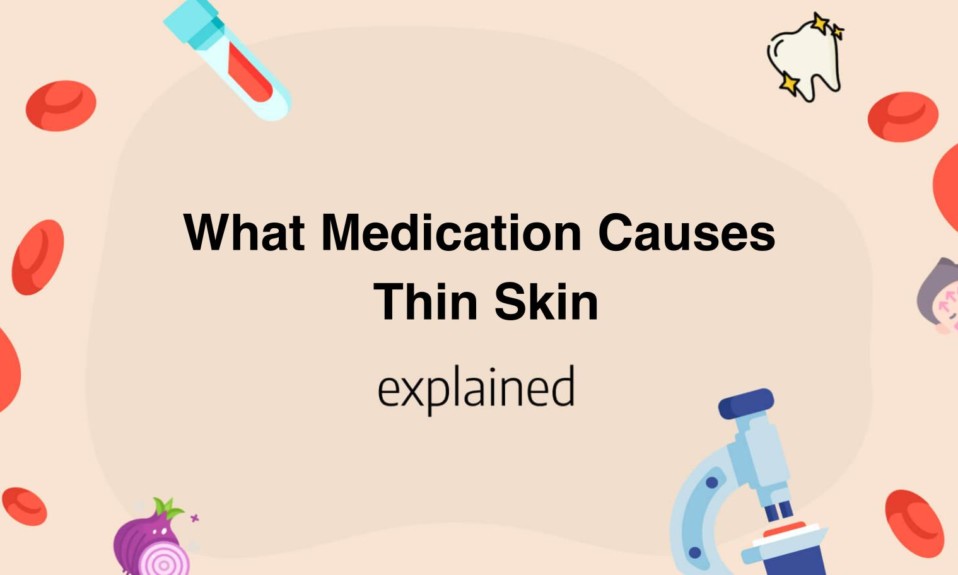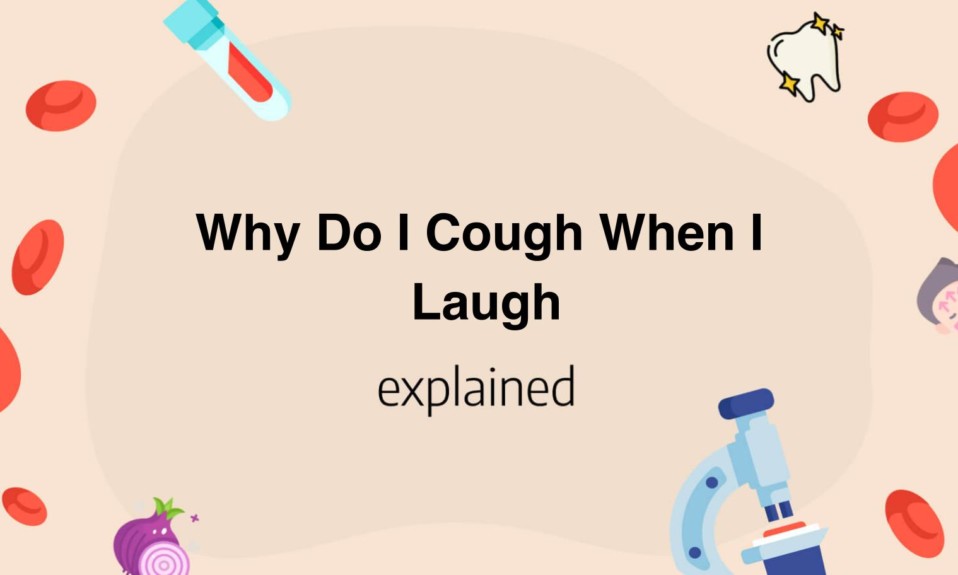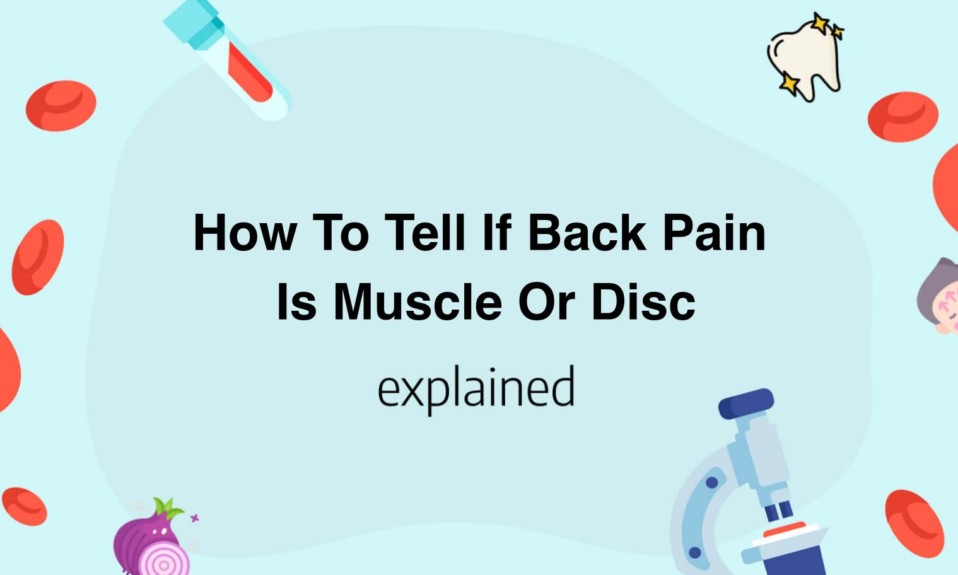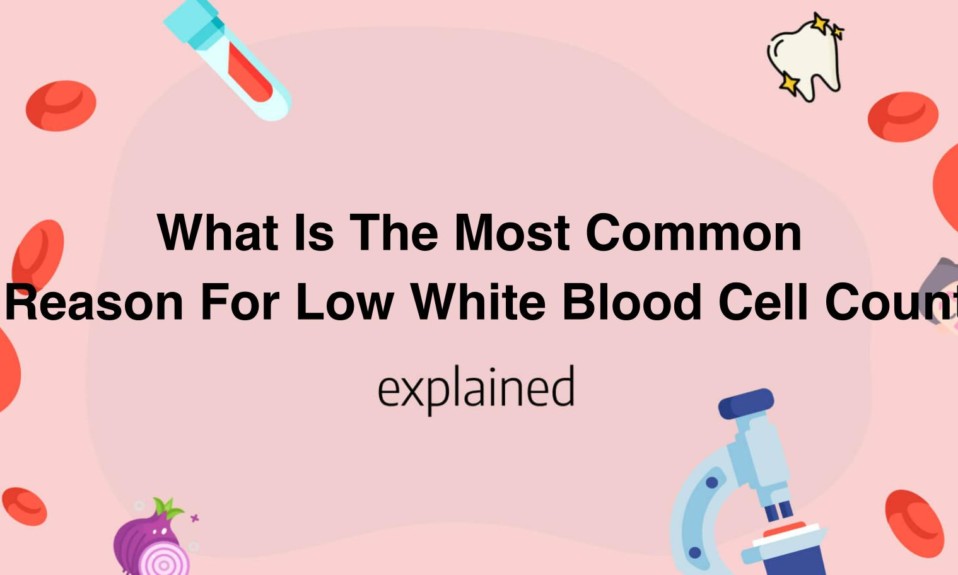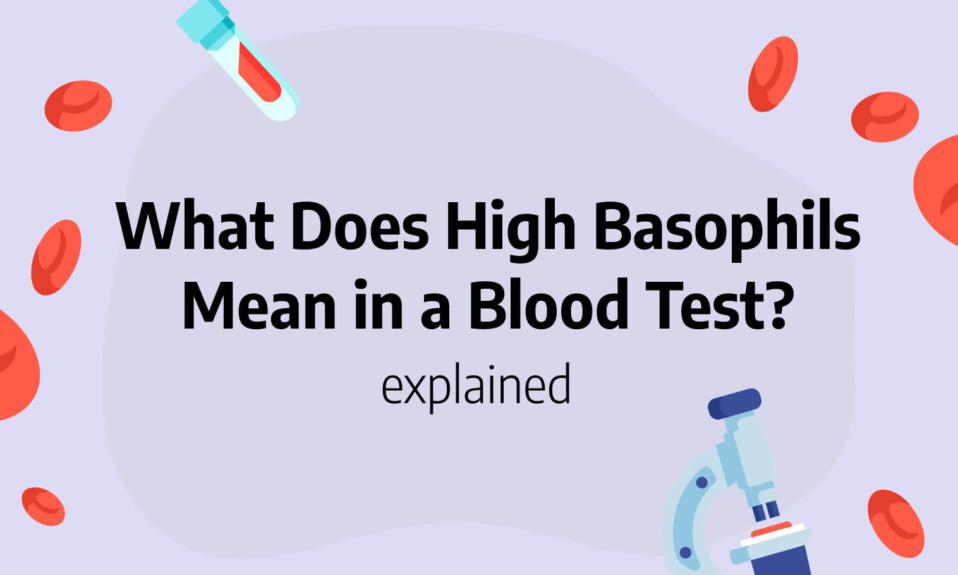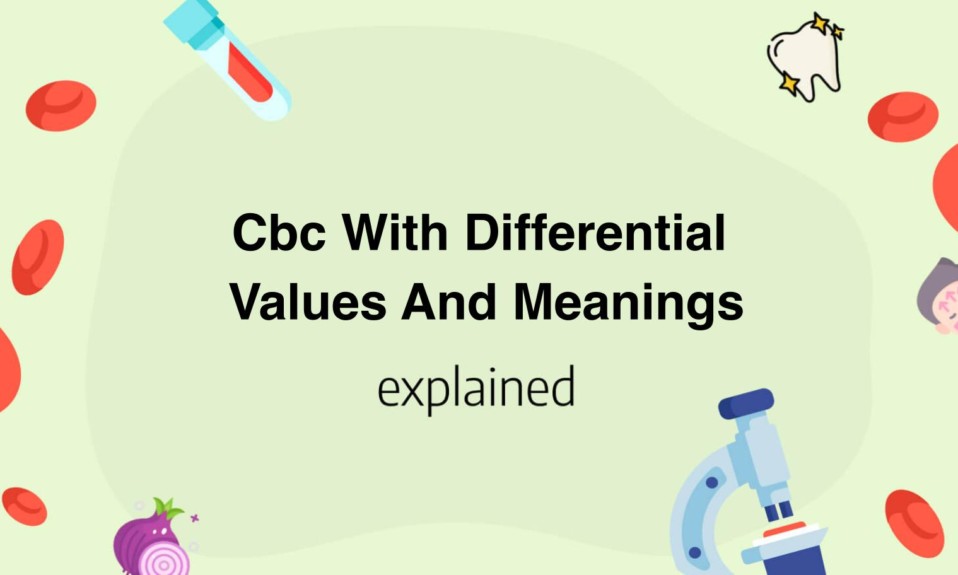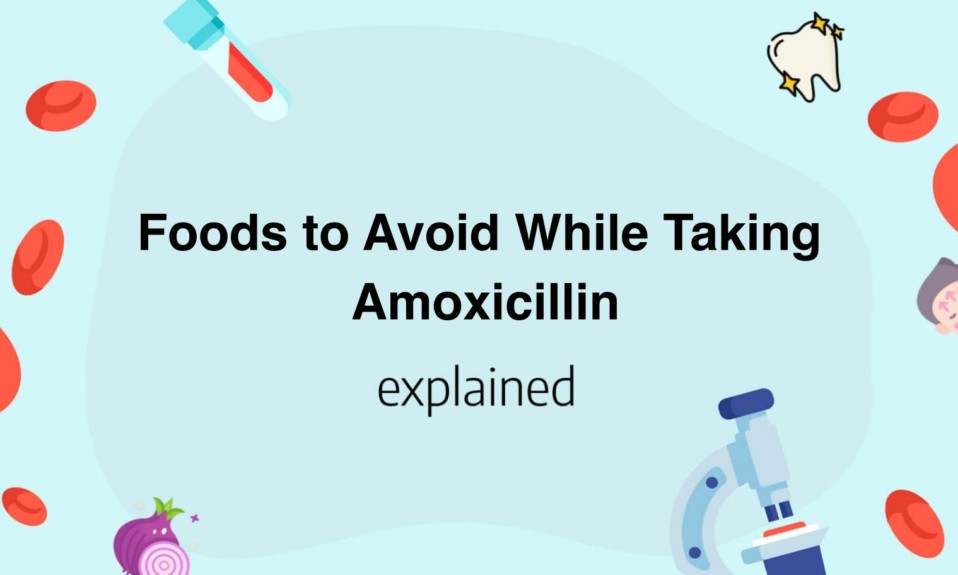Thin skin is a common problem among older adults, and it can be caused by a variety of factors.
One of the primary culprits is the use of glucocorticoid medications, which are often prescribed for conditions like asthma, arthritis, and skin disorders.
These drugs can cause the skin to become thinner, more fragile, and more susceptible to injury.
If you are taking a glucocorticoid medication and are concerned about the effects it may be having on your skin, it’s important to talk to your doctor about potential solutions.
- Long-term use of oral or topical corticosteroids can thin the skin.
- Medications containing retinoids such as isotretinoin or tretinoin can thin the skin and also increase sensitivity to sunlight.
- Chemotherapy drugs such as methotrexate or fluorouracil can cause thinning of the skin.
- Some immunosuppressants like cyclosporine or tacrolimus can cause thinning of the skin as a side effect.
- High-dose systemic glucocorticoids used in autoimmune conditions can cause skin thinning as well.
Causes of Thin Skin from Prescription Drugs
Thin skin from prescription drugs is a common side effect that can have a number of causes.
One of the most common causes for this condition is long-term use of steroids.
Steroids have been shown to thin the skin over time due to a reduction in collagen production, leading to weaker connective tissues.
Long-term use of topical steroids can also cause thinning of the skin.
Vitamin C deficiency is another common cause for thinning skin, as it is an essential nutrient that’s necessary for collagen production.
When levels of vitamin C are low, the body cannot produce collagen effectively, leading to weaker and thinner skin.
Anticoagulants such as warfarin can also cause thinning of the skin and increase the risk of bruising, as they interfere with blood clotting.
In addition, certain chemotherapy drugs can cause skin thinning, especially those that affect the growth and regeneration of skin cells.
It’s important to note that certain medical conditions can also cause thinning of the skin in addition to prescription drug use.
These include diabetes, which can lead to reduced circulation to the skin and decreased collagen production.
HIV infection is known to cause skin thinning due to damage to the skin cells and the reduction in collagen production caused by the body’s immune response.
Finally, advanced age is also a common cause for thinning of the skin, as the body’s natural production of collagen decreases with age.
While thinning skin is a common side effect of prescription drugs and various medical conditions, there are ways to prevent or minimize this condition.
Maintaining a healthy and balanced diet that’s rich in essential vitamins and nutrients can help promote healthy skin.
In addition, using mild and PH-neutral skin care products can help protect the skin and minimize the risk of further thinning.
It is always important to speak with your healthcare provider before making any changes to your prescription drugs or healthcare routine.
Types of Medications That Lead to Thinner Skin
Certain types of medications can lead to thinner skin, which can be a concern for some individuals.
Glucocorticoids, also known as corticosteroids, are often prescribed for inflammation, allergies, and autoimmune disorders.
While they can be effective in reducing symptoms, they can also cause thinning of the skin and easy bruising.
Topical corticosteroids, which are applied directly to the skin to treat rashes and eczema, can also cause thinning of the skin with long-term use.
It is important to use these medications as directed and under the guidance of a healthcare professional.
Another medication that can lead to thinner skin is topical retinoids.
These medications are often used to treat acne and improve the appearance of fine lines and wrinkles.
While they can be effective, they can also cause skin irritation, redness, and thinning of the skin with long-term use.
It is important to follow the directions of your healthcare provider and avoid overuse of these products.
Additionally, chemotherapy can also lead to thinning of the skin.
Chemotherapy can affect the skin in a number of ways, including causing dryness, itching, and thinning of the skin.
It is important to speak with your healthcare provider about managing these side effects and using supportive measures to promote the health of your skin during treatment.
In order to promote skin health while taking these medications, it is important to take proactive steps.
Using a gentle moisturizer and avoiding harsh soaps and scrubbing can help protect the skin.
Additionally, it is important to use sunscreen and protective clothing to prevent further damage from UV rays.
By taking care of your skin and following the guidance of your healthcare provider, you can help manage the side effects associated with these medications.
What Medication Causes Thin Skin
Some medications can cause thinning of the skin, which can result in easy bruising, tearing, or other skin damage.
Corticosteroids are a class of medications that are commonly known to thin the skin.
These include oral medications such as prednisone, and topical creams or ointments used for inflammatory skin conditions like eczema or psoriasis.
Retinoids, which are often used to treat acne and wrinkles, can also cause thinning of the skin.
Other medications that can cause thin skin include chemotherapy drugs, which can cause damage to the skin and mucous membranes in the body, and immunosuppressive drugs, which are used to prevent rejection of organ transplants.
It’s important to note that not everyone who takes these medications will experience skin thinning as a side effect, and the severity of the thinning can vary from person to person.
Additionally, some of these medications may cause other skin-related side effects, such as increased sensitivity to the sun or acne.
If you are concerned about thinning skin as a side effect of a medication you are taking, talk to your healthcare provider.
They may be able to adjust your dosage or recommend alternative treatments.
In some cases, it may be necessary to continue taking the medication despite the side effect due to its benefits for treating the underlying condition.
In conclusion, medications such as corticosteroids, retinoids, chemotherapy drugs, and immunosuppressive drugs can cause thinning of the skin.
It’s important to be aware of this potential side effect and speak with your healthcare provider if you have concerns.
Remember, continued use of the medication may still be necessary for your health, so it’s important to weigh the benefits and risks with your doctor.

How to Recognize Thin Skin Caused by Medication
Thin skin caused by medication is a common condition that requires close attention to recognize.
Patients who have been on steroids or other medications for prolonged periods may notice that their skin has become thinner, more fragile, and prone to bruises easily.
One way to test for thin skin is to gently pinch a small area and observe any bruising or tearing.
Thin skin is also more susceptible to developing skin tears and superficial wounds that take longer to heal.
Furthermore, the skin may become itchy and dry, which can lead to scratching and further damage.
It is crucial to pay attention to the medication that can cause thin skin, which includes corticosteroids, blood thinners, and chemotherapy drugs.
Corticosteroids are frequently used to treat inflammation, autoimmune diseases, and allergies, while blood thinners are given to prevent blood clots.
Chemotherapy drugs are cancer-fighting medications, which can thin the skin among other side effects.
Some preventative measures can be taken to avoid further thinning of the skin.
These include using mild soaps and avoiding hot baths, which can strip natural oils from the skin.
Moisturizing the skin daily can help to keep it supple and healthy.
Additionally, avoiding sun exposure and using sunscreen with an SPF of 30 or higher can prevent further damage to the already-thin skin.
In conclusion, recognizing thin skin caused by medication is essential to avoid further damage and find ways to support the healing process.
If you suspect that your medication is causing thin skin, consult with your doctor to discuss potential alternatives or ways to manage the side effects.
By being vigilant and following simple preventative strategies, patients can improve their quality of life and maintain healthier skin.
You’ll also like: Water Sound In Belly During Pregnancy
Possible Side Effects of Thin Skin from Drugs
Thin skin is a common side effect of prolonged use of certain medications, such as corticosteroids.
While these drugs can be highly effective in treating a variety of medical conditions, including inflammation, arthritis, and asthma, they can also have negative effects on the skin.
Thin skin can become fragile, making it easily prone to cuts, scrapes, and bruises.
Additionally, skin may bruise easily and heal more slowly than usual due to the thinness.
In some cases, thin skin can also develop stretch marks or tears on the skin surface, particularly in areas such as the arms or legs.
Although these effects can be unsightly, they are typically not serious and do not require medical attention.
However, in rare cases, prolonged use of corticosteroids can lead to skin infections or wounds that do not heal properly, which can be a serious concern for individuals who are already prone to skin conditions.
If you are taking medications that can cause thin skin, it is important to be vigilant about protecting your skin from injury and infection.
This includes avoiding harsh soaps and chemicals that can dry out or irritate the skin, wearing protective clothing and sunscreen when going outside, and keeping your skin well-moisturized.
You should also consult with your healthcare provider if you notice any unusual changes in the texture or appearance of your skin.
To conclude, while thin skin may be an unavoidable side effect of certain medications, there are steps that individuals can take to minimize the risk of injury and infection.
By being proactive about skin care and consulting with your healthcare provider, you can help ensure that your skin stays healthy and strong, even in the face of long-term medication use.
Read also: Why Is My Pregnant Belly Soft When I Lay Down
What You Can Do to Prevent or Reverse Skin Thinning
Skin thinning is a common problem among aging people, especially women.
This happens due to various reasons, such as reduced collagen production, sun exposure, and hormonal imbalances.
However, there are ways to prevent or even reverse skin thinning.
First and foremost, it’s important to protect your skin from the harmful effects of the sun.
Make sure to wear sunscreen with an SPF of at least 30 and avoid being under direct sunlight for long hours.
Hyaluronic acid is also an effective ingredient to fight skin thinning.
It helps retain moisture in the skin, enhancing skin elasticity and plumpness.
You can find it in various skincare products and supplements.
Another way to prevent skin thinning is to maintain a healthy diet.
Antioxidants such as vitamins A, C, and E help neutralize free radicals that damage your skin and promote collagen production.
Incorporate foods such as dark leafy greens, citrus fruits, and berries into your diet.
Moreover, omega-3 fatty acids found in fatty fish, walnuts, and chia seeds help improve skin hydration and reduce inflammation.
Aside from lifestyle changes, there are also various treatments that can help prevent or reverse skin thinning.
For instance, laser treatments stimulate collagen production and improve skin texture.
If you prefer a non-invasive approach, micro-needling is an excellent option since it promotes collagen and elastin production, making your skin plumper and firmer.
In conclusion, skin thinning is a common problem but there are ways to prevent or reverse it.
Protect your skin from the sun, incorporate skin-boosting nutrients into your diet, and consider treatments that promote collagen production.
By following these tips, you can maintain healthy, plump, and youthful skin, making you feel confident and beautiful at any age.
You’ll also like:

